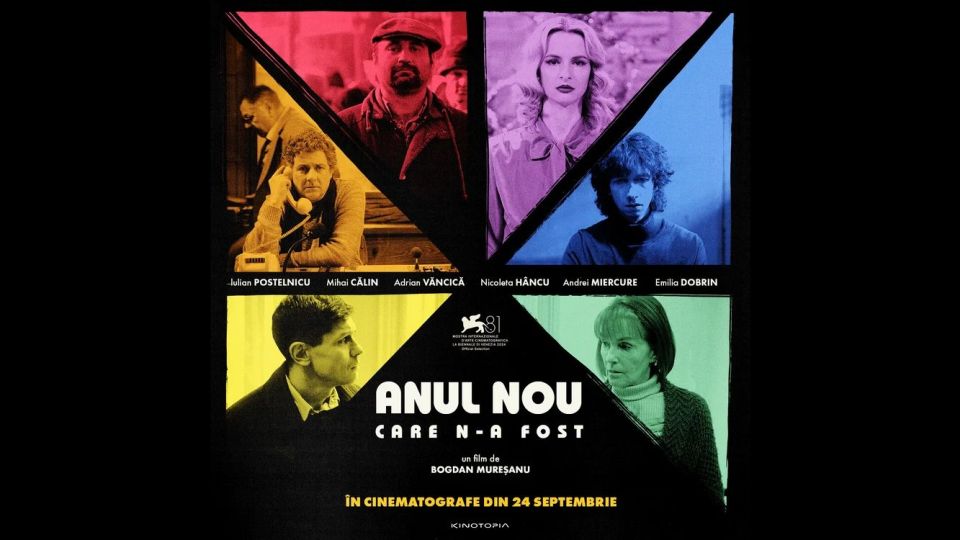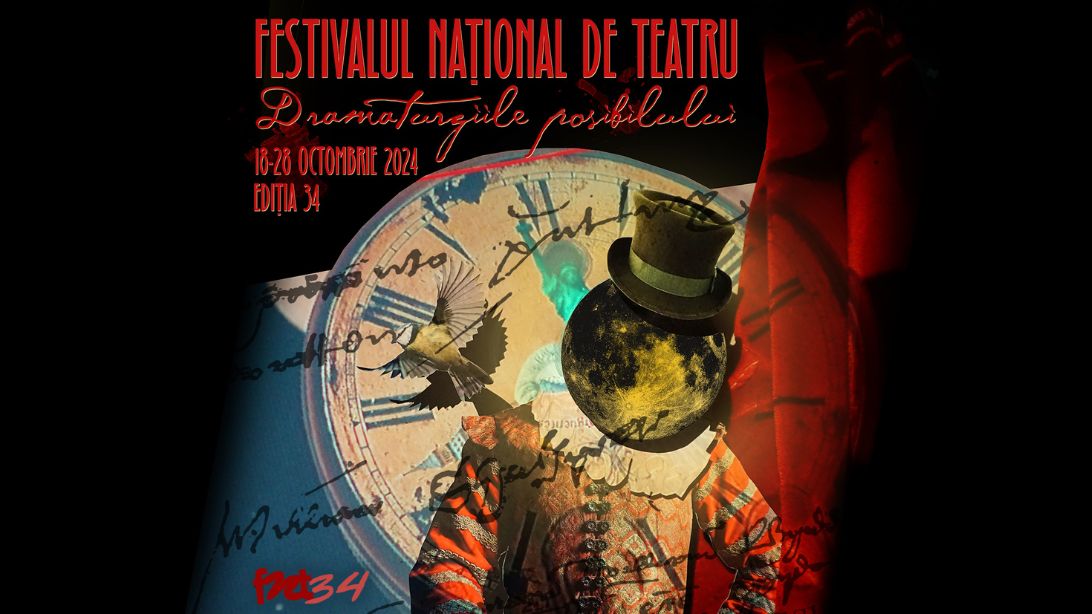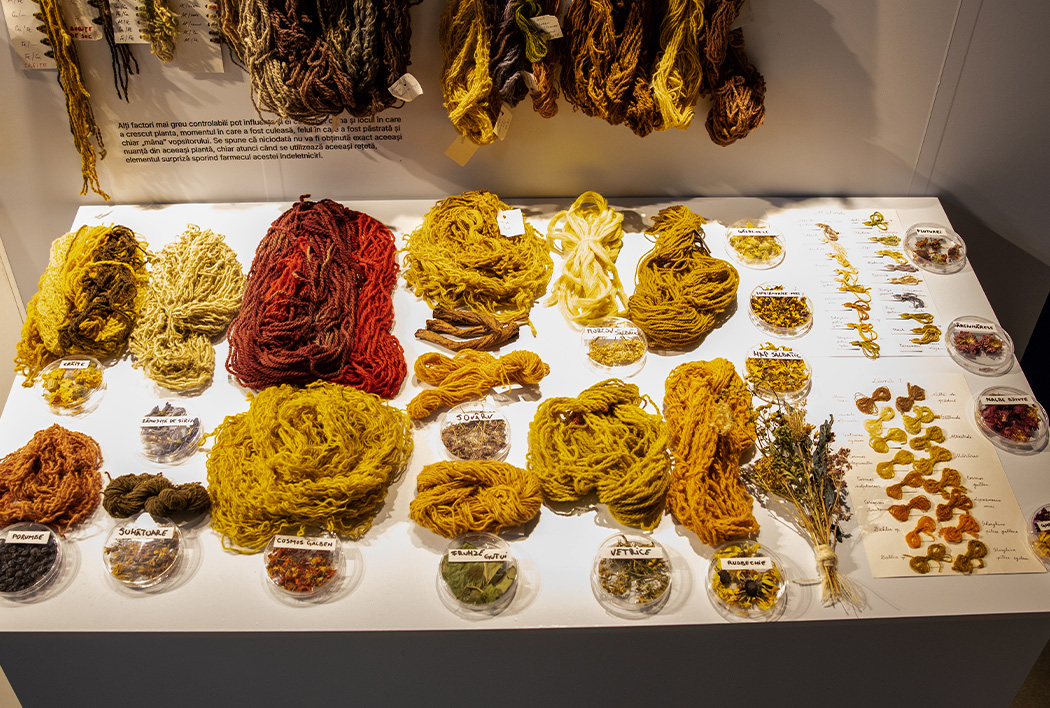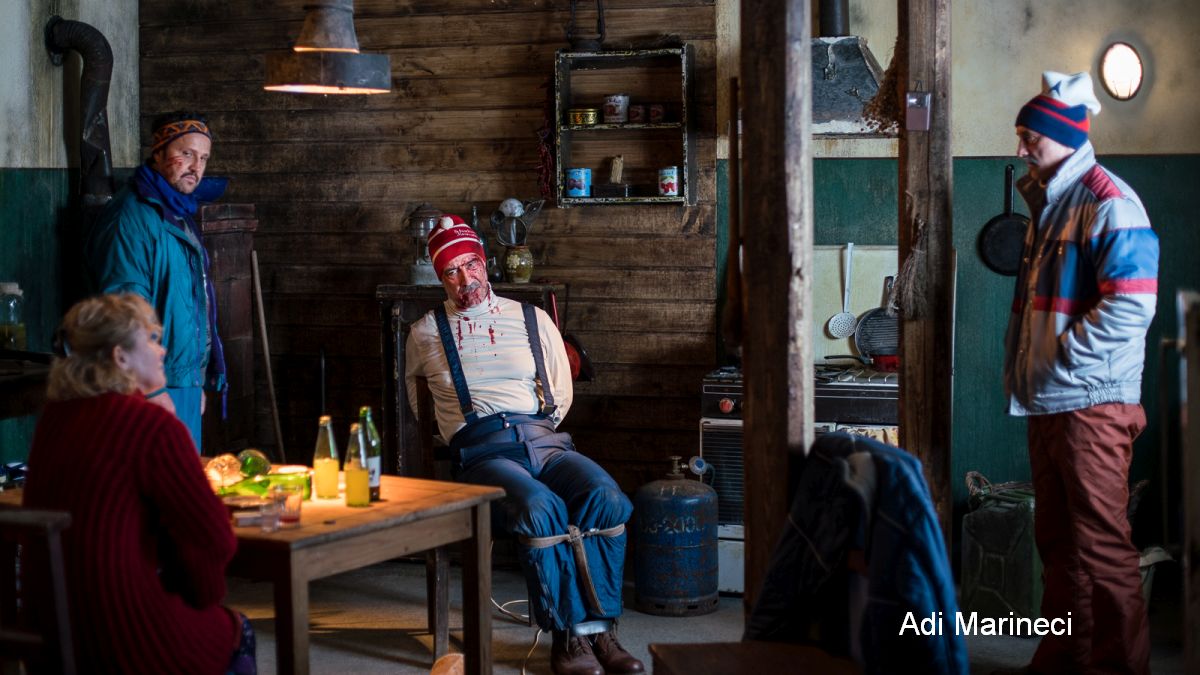Fine Artists from Prahova County
Fine artists from Prahova have been trying to revive the specific elements of the old village communities.

România Internațional, 01.03.2014, 13:50
Today’s edition of WoC is devoted to the ongoing contest on RRI, and it features fine artists from Prahova County, in southern Romania. This county links the Bucharest area to Transylvania, and is a land of rich folk traditions. The fine artists of Prahova County have been trying to revive the specific elements of the old village communities.
Larisa Iftode is 90, she lives in the town of Urlati and makes masks representing imaginary characters from the Romanian folk tradition, as well as glass icons.
“I used to go to Bucharest and visit all the art galleries and exhibitions there. In one of the art galleries I saw a glass icon representing Saint George. I didn’t have much money back then and I found the price of that icon rather high. Taking a closer look at the icon, I saw that Saint George was represented killing a fish with his spear, and that puzzled me, because Saint George was known for slaying a dragon. I figured I could make a better icon than that. It took several years before I decided to try making glass icons. I started with masks instead. I made hundreds of them, I had them displayed in exhibitions and I received diplomas for that. One day, in my sixties, I decided I would make icons. I had no training as an icon maker; I simply put to good avail the talent God has given me. I have made lots of icons that I exhibited in France, Germany, Switzerland, Italy and Russia.”
In her icon painting art, Larisa Iftode is inspired by the natural landscapes of her native region, and passion for beauty and art has been her long lasting friend. Irina Mihaela Popovici, another amateur fine artist from Ploiesti, the seat of Prahova County, has a similar story. She is passionate about folk costumes:
“I inherited my talent from my mother, who is also a fine artist. I am specializing in traditional dolls, because I’m convinced that the specificity of the Romanian folk costume can be best showcased by means of doll costumes. All of my dolls go abroad, since there are many foreigners interested in these miniatures. By means of these stylized costumes I advertise the Romanian traditional costumes as much as I can.”
Every detail is very important to Irina Mihaela Popovici when she makes her collection dolls.
“I focus on the Moldavian and Transylvanian folk costumes, although I also use those from Arges and Valcea counties, in southern Romania. All my dolls wear Romanian peasant sandals and hand-woven, woolen stockings. The staples of the Moldavian folk costume are the peasant vest, the bag, the fur cap for men and the head scarf for women. The Transylvanian folk costume stands out through its specific hats and bead necklaces. Given the size of the dolls, it’s difficult to recreate the complete costume with its thick winter coats. Therefore I have decided to create stylized peasant blouses that include all the decorative elements specific to a certain region. The dolls’ hair is made of wool and their heads are covered by woolen caps or head scarves.”
Valentin Nicolae is another amateur fine artist from Ploiesti who works as a fireman. Fire, as a vital element that has fascinated him since childhood, together with his passion for art resulted in a special artistic style that can be noticed in the decorative objects he makes. Valentin Nicolae:
“I make my decorations in Gothic, medieval style. The raw materials I’m using at present are glass and wood. I’m actually using waste glass and wood, which I decided to turn into decorative objects. I paint these objects in black and golden colours”.
Ion Ionita is another talented fine artist from Prahova County, who makes pictures out of straws, in an attempt to evoke Romanian traditions from Prahova region.
“Historian Nicolae Iorga used to say that the identity of a nation does not mean only the language and the space identity. A nation’s identity also includes traditions, history, the past, the present and the future, the customs, traditions and folk costumes. I have always been fond of Romanian traditional houses, even houses in towns and cities that combine tradition with urbanism. Churches also fascinate me, because rural communities have all been built around churches. Churches preserve the tradition of the Romanian people. I wanted to recreate all these things in my art and share them with those interested in discovering the Romanian traditions”.






























